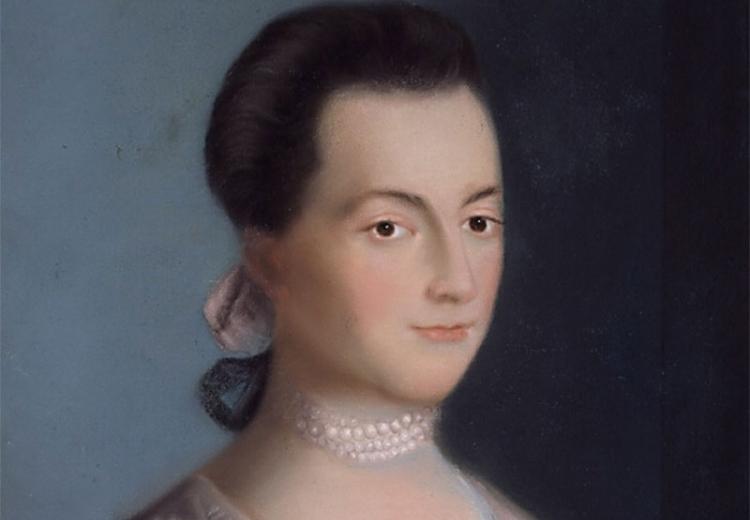Remember the Ladies: The First Ladies

Abigail Adams was the first Second Lady and second First Lady of the United States of America.
On March 31, 1776, future First Lady Abigail Adams wrote to her husband, John Adams, who was soon to be appointed a member of the committee drafting the Declaration of Independence:
"... In the new Code of Laws which I suppose it will be necessary for you to make I would desire you would Remember the Ladies. ... Do not put such unlimited power into the hands of the Husbands. ... If particular care and attention is not paid to the Ladies, we are determined to foment a Rebellion, and will not hold ourselves bound by any Laws in which we have no voice, or Representation."
Mrs. Adams's remarks were well ahead of their time. The representation she wrote about did not formally materialize until 1917, when Jeannette Rankin was elected the first female member of the House of Representatives. In 1920, the 19th Amendment finally gave women the right to vote.
In the absence of official power, women had to find other ways to shape the world in which they lived. The First Ladies of the United States were among the women who were able to play "a significant role in shaping the political and social history of our country, impacting virtually every topic that has been debated" (Mary Regula, Founding Chair and President, National Board of Directors for The First Ladies' Library).
This lesson explores the ways in which First Ladies were able to shape the world while dealing with the expectations placed on them as women and as partners of powerful men.
Guiding Questions
What are the roles and responsibilities of a First Lady of the United States?
How have First Ladies helped shape the social history of our country?
In what ways have the responsibilities of First Ladies changed over time?
Learning Objectives
Explain the roles and responsibilities of a First Lady of the United States.
Analyze why and how the responsibilities of First Ladies have changed over time.
Evaluate the contributions and legacies of First Ladies across U.S history.
